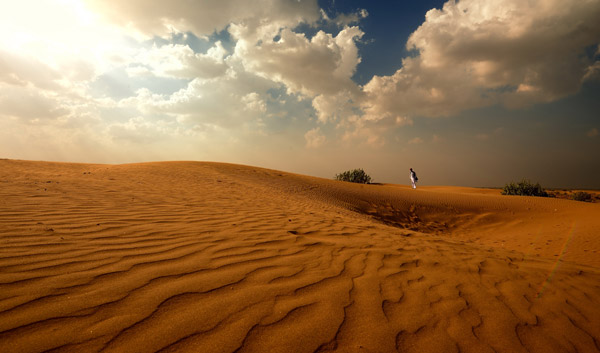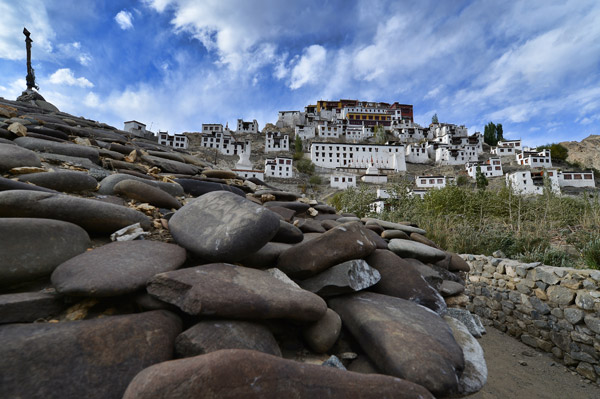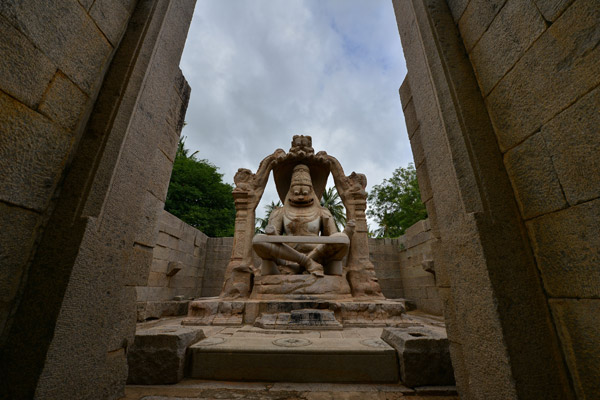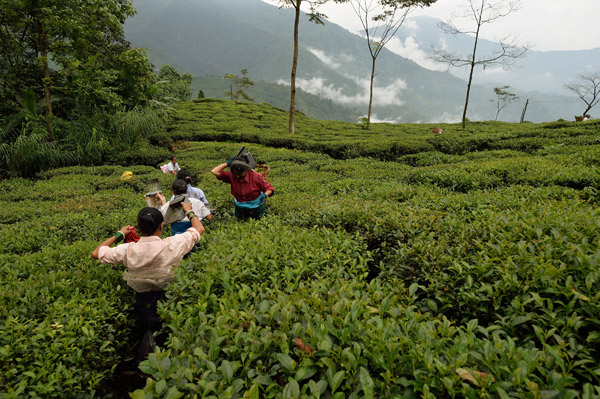By : Nikon School Blog | 30 Jun, 2015 |
Think of a situation when you come across a breathtaking scene offering a new story to be told. However, none of the images you take are satisfactory as your wide angle lens is capturing only a part of what you are seeing at that moment. When a conventional wide angle does not suffice, you need the ultra wide lens – to give you the freedom to capture it all within just one frame.

An ultra wide angle lens is one having a focal length below 24mm, like the popular AF-S DX NIKKOR 10-24mm f/3.5-4.5G ED for DX format , or AF-S NIKKOR 14-24mm f/2.8G ED , or excellent primes like AF-S NIKKOR 20mm f/1.8G ED and the AF NIKKOR 14mm f/2.8D ED for FX format. These lenses let you capture much more than what conventional wide angles like 28mm can see.
The magic of ultra-wide angle lens lies in its ability to stretch the perspective, and create many layers within the image. So, when you look at any scene head-on through an ultra wide, the foreground appears much closer and anything at a distance seems to be further away than in reality, creating a dramatic perspective not possible with conventional wide angles.


While shooting a portrait posing before a large monument, the conventional wide angle lets you include the subject and a part of the monument. With an ultra wide angle you can shoot the monument in its entirety along with the subject.
Although distortion is usually not preferred in any kind of photography, it is are often inevitable while using ultra wide angles, and should be carefully treated so as not to cause too much visual disturbance.
If treated well, dramatic distortions can set your image apart from several other images shot with 28mm or 35mm from the same point.
One great advantage of ultra wides is that they make focusing much easier. They offer a large depth of field, even at open apertures. This allows you to concentrate on your composition without worrying about depth of field. With any ultra wide, f/8 will give you sufficient DoF for any landscape.

However, you need some practice to gain control over ultra-wides. Since they include much of everything around you, it can also be a problem if the scene is full of clutter and unwanted elements. For example, while shooting a group shot, you may include a lot of other groups of people who would be left out with a 28mm. Also, a slight change in angle can create a significant change in perspective.
Once you are comfortable with them, shooting with ultra wide angle lenses can be great fun and give a completely different look to your images.